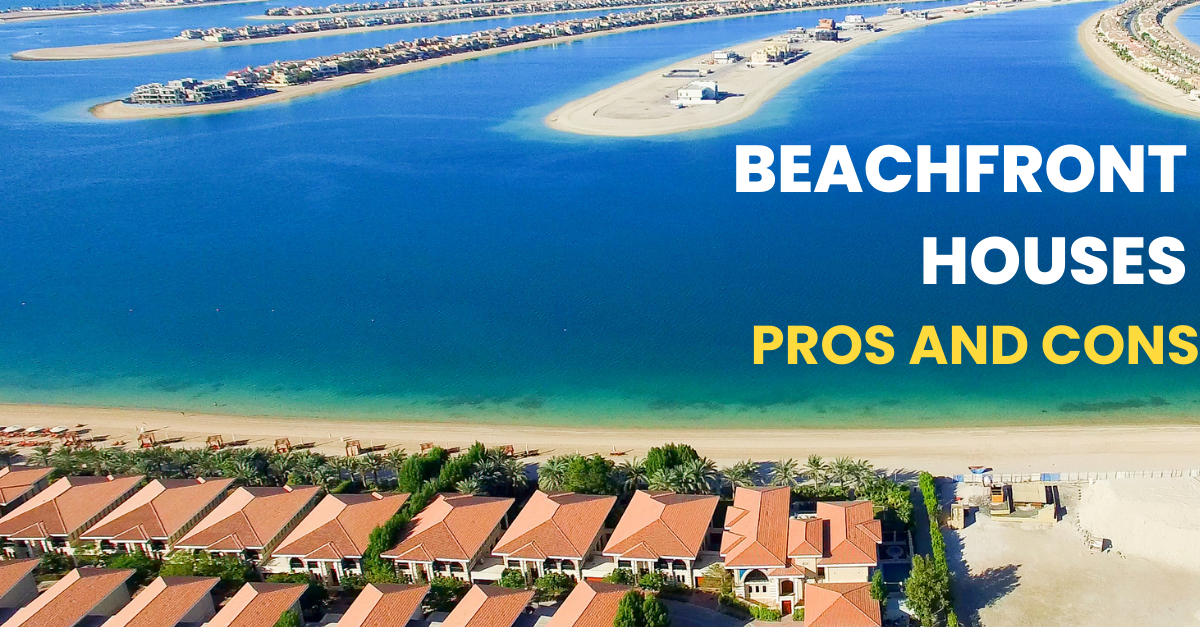Oman’s real estate trading value crosses OMR 2-billion mark: Implications and outlook
The National Centre for Statistics and Information has announced that the total traded value of real estate activity in the Sultanate of Oman exceeded the OMR 2-billion mark, in December 2020. According to preliminary figures, the Oman real estate sector witnessed transactions worth OMR 2.4 billion in the said month, in what can be regarded as the most successful month in 2020 — a year that saw Oman’s economy and real estate face multiple headwinds, due to the pandemic, expat exodus, and oil slump. So, naturally, an increasing transactional activity can be deemed as a silver lining, indicative of what lies ahead for the oldest independent state in the Arab world.
2020: A year to forget
During the peak lockdown, in July 2020, the number of properties issued in the sultanate decreased by 27.6% year-on-year, to 92,929. This decline is directly linked to pandemic restrictions and lockdowns. But in an expat-dependent economy like Oman, where aggregate demand is driven by foreign nationals, even reverse migration takes its toll on critical sectors, especially real estate. So, as the expat exodus increased in 2020, due to unemployment and a public health scare, real estate’s growth prospects took a hit. At the time, economic challenges, mainly due to low oil prices, restricted the government’s ability to make timely interventions.
A damage long time in the making
The Oman real estate sector is inextricably tied to the Sultanate’s expat population. So, from 2012 to 2016, as the population in urban centers like Muscat increased by over 35%, real estate witnessed stellar growth. But this growth came with socio-political consequences, which saw Oman adopt a protectionist stance, known colloquially as “Omanisation.” So, since 2016, Oman has witnessed an increasing expat exodus, and with it, property prices witnessed a 10 to 15 percent decline every year. The pandemic was just a final nail in the coffin — one that issued a clarion call for the Sultanate to make reforms.
The damage control: Reverse Omanisation
Taking stock of the fact that nearly 90% of all workers in Oman are expats, the government launched its most ambitious and monumental law in 2020, offering expat ownership of flats, under the Usufruct rights. While the law applied to freehold areas, Oman increased the number of freehold areas, particularly in urban centers, to attract more investors. At the same time, the Central Bank of Oman increased the Loan-to-Value ratio to 90%, for first-time home buyers. These initiatives have had a direct impact on the improved transactional value in December. So, by unlocking quantifiable outcomes, Oman was incentivized to implement expat-friendly reforms.
Outlook
In January 2021, The Oman Investment Authority (OIA) announced the restructuring of its real estate investments, by transferring the control to Oman Tourism Development Company (OMRAN), which will operate as OIA’s subsidiary. This was done to bring more efficiency and clarity, in terms of responsibilities and scope of operations. Such developments could further aid recovery in real estate and result in more positives.
As things stand, the supply of mid to higher range apartments are limited in Oman. Experts like Savills believe that this could be great for this segment, as expats in Oman look to upgrade their properties, at affordable prices. Later on, as reverse Omanisation takes shape, post-pandemic activity increases, and foreign workers return, the real estate sector could be reinstated to its former glory. And if the government’s estimation is any indication, Oman’s real estate sector is poised to grow by 40% in 2021.




